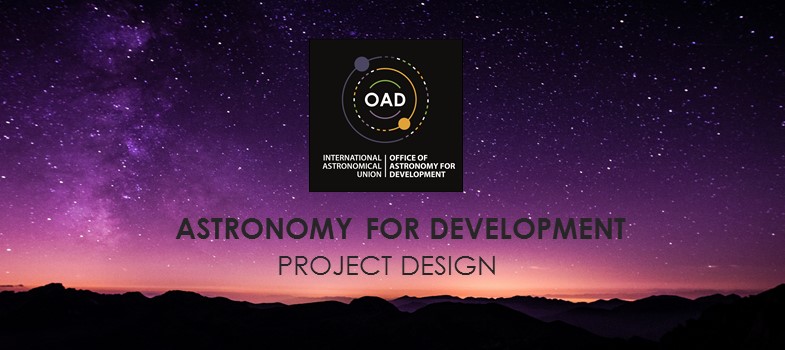B) Stages of Needs Analysis
1. Stakeholder identification: Determine all groups, organisations or individuals who have a “stake” in the project’s delivery and/or outcomes.
- Who is intended to benefit from the project?
- Does this population include subgroups?
- Who will deliver the project?
- Are there any other organisations delivering similar projects?
- Are there any organisations with whom the project will need to liaise or cooperate with in order to succeed?
- Are there any government agencies with a stake in the project’s delivery and/or outcomes (e.g. who could benefit from, support or derail the project)?
- Does the project’s success depend on the activities or services provided by others?
- Can contacted stakeholders identify any other stakeholders that may have been overlooked?
2. Data Collection: Use focus groups, public administration data and/or survey methods to accurately map stakeholders’ views on:
- their core needs
- how they prioritise their core needs
- which needs are not being met
- which needs they believe the project could address and how
- what they could gain and/or contribute to the project
- how they would like their interests to be represented during the project planning and implementation.
3. Analysis: Data obtained through stakeholder consultation can be analysed in a variety of ways. Quantitative data from surveys and/or administrative datasets require statistical analysis and attention to sampling strategies are needed to ensure that results are generalised to the relevant population. Qualitative data from focus groups and consultations are usually analysed thematically to map different stakeholders’ experiences and perspectives. Qualitative and quantitative data are then drawn together to:
- map needs and service gaps
- prioritise needs and gaps
- develop a project theory of change (i.e. how and why does a
project lead to changes in desired (and/or secondary) outcomes?)
- design a feasible and acceptable project design
